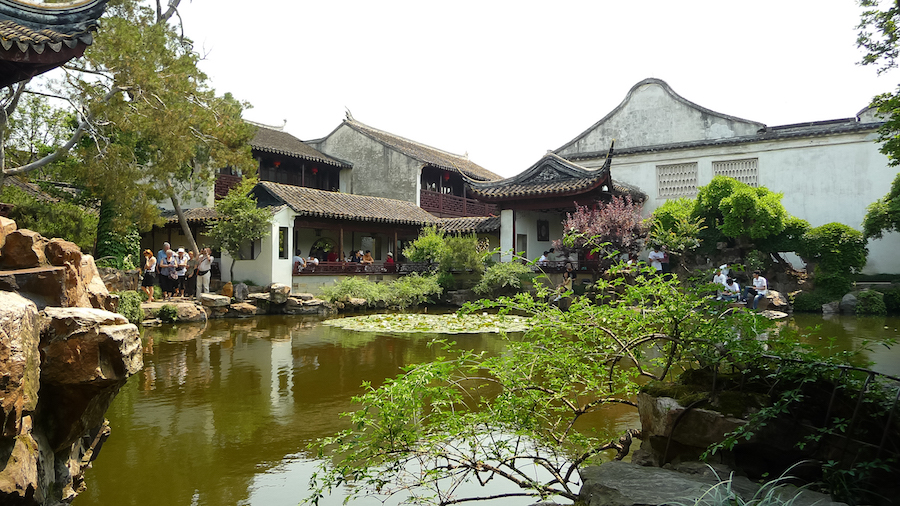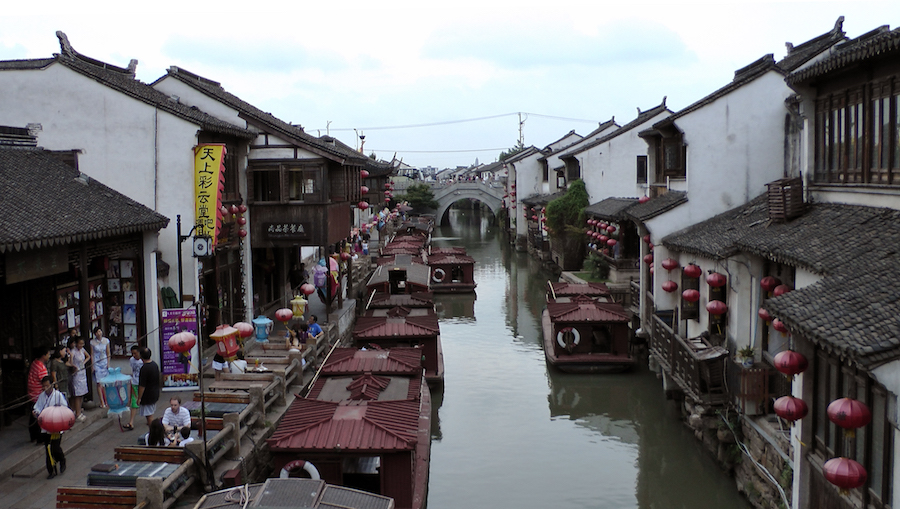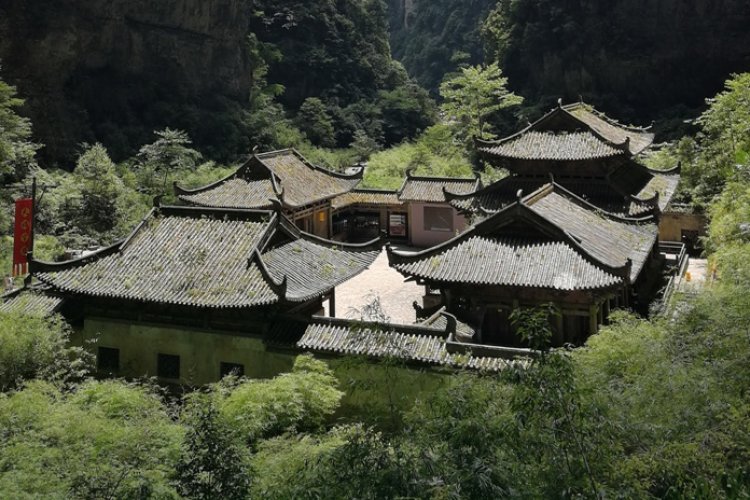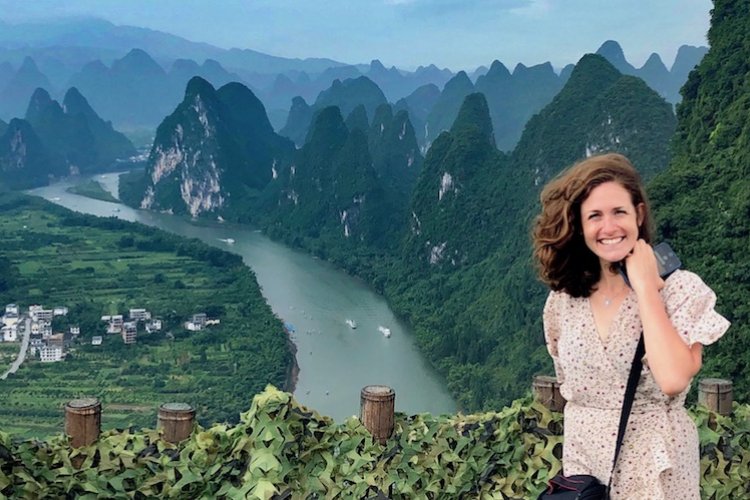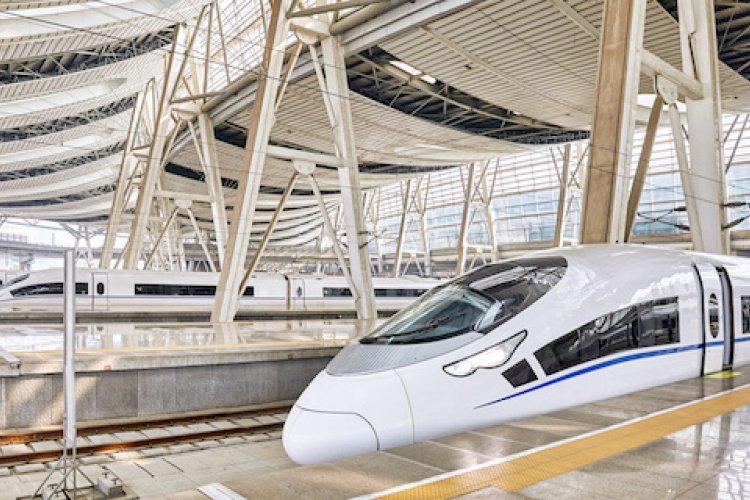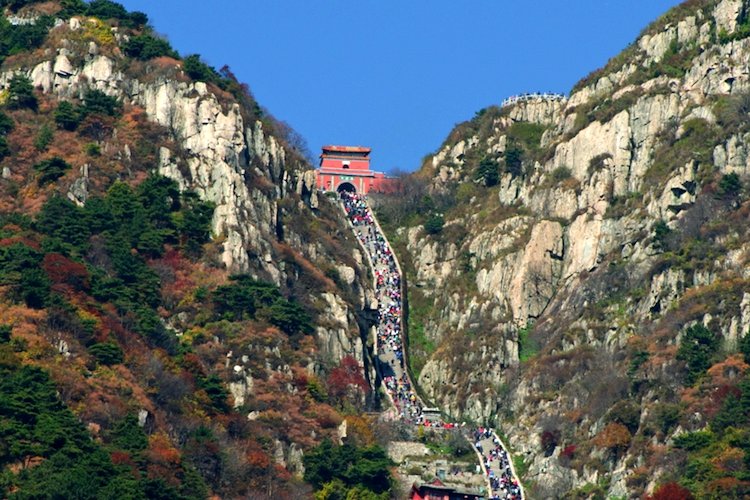Explore the Serene Gardens and Meandering Waterways of Suzhou and Tongli
As the old saying goes, “above there is heaven; below, there is Suzhou and Hangzhou” (上有天堂 下有苏杭 shàng yǒu tiāntáng xià yǒu sū háng), referring to the legendary beauty of the region around these two cities. Long renowned as a city of classical gardens and meandering canals, Suzhou may not have escaped the inevitable march of progress but it still makes for a diverting and relaxing short break away from Beijing.
READ: Our Five Favorite Domestic Travel Destinations

The Beijing-Shanghai Railway connects Beijing South station to Suzhou North station in about five and a half hours (Approx RMB 550 for a second class seat) with more than 15 trains per day. The nearest airport is Sunan Shuofang International Airport, 22km northwest of Suzhou.
What to do
The classical gardens for which Suzhou is known are spread throughout the city center, largely within walking distance of each other. The most famous are the sprawling Humble Administrator's Garden, the small-but-perfectly-formed Garden of the Master of the Nets, and the Lion Forest Garden, which is known for its sculptural stonework. Also worth a visit is the I.M. Pei-designed Suzhou Museum, just west of the Humble Administrator's Garden. The stunning building offers a modern interpretation of the Jiangnan architectural style and entry is free.
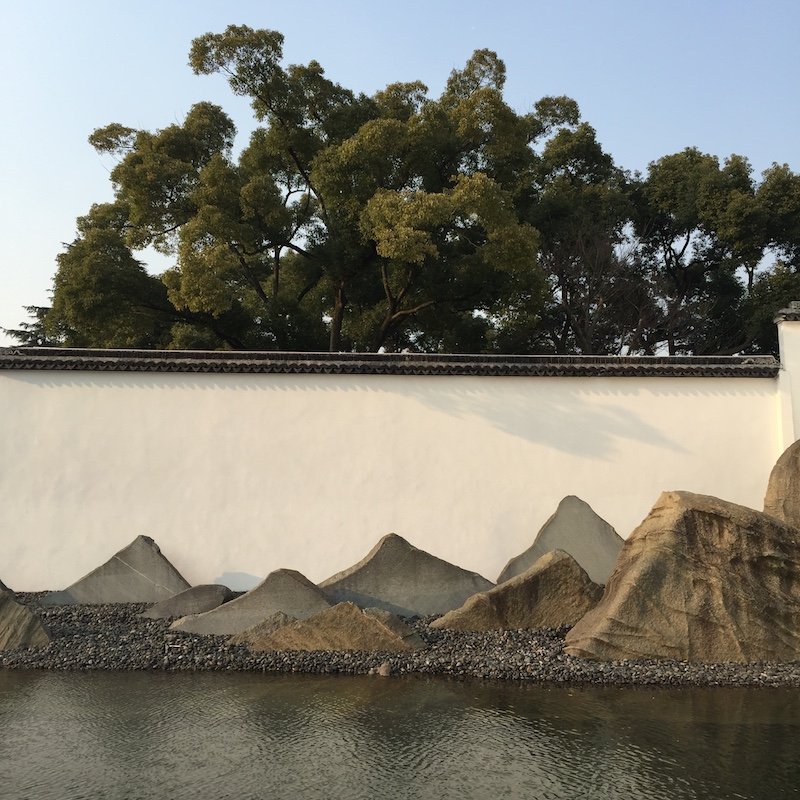
In the early evening, take a stroll along Pingjiang Lu, a quaint paved road running alongside a canal. It's had the Nanluogu Xiang treatment in recent years (read: pointless souvenir stands and endless shops selling milk tea and novelty ice creams) but the atmosphere is still pleasant enough.

If you're staying for more than a day or two, a day trip to the nearby "water town" of Tongli (同里) is highly recommended. The least commercialized (relatively) of the various water towns dotted around the Jiangnan region, Tongli's charming old town is crisscrossed with canals and winding alleyways. You'll need to purchase a ticket to the old town for approximately RMB 100, which also affords you entrance to nine of the gardens and former residences dotted throughout the streets. You can get there by public bus but if it is actually far easier to just order a Didi – the drive should take 30-40 minutes and cost around RMB 80. Try to go on a weekday or early in the morning to avoid the crowds.
Where to stay
What boutique business hotel Hotel Soul (rooms start at RMB 480 for a double room) lacks in actual soul it makes up for with large rooms, comfy beds, and a very central location – within 15 minutes walk of most of the main downtown sights. If you’d prefer something a little more befitting your surroundings, try the Pan Pacific Suzhou, a sprawling five-star resort near the Panmen Scenic Area designed to resemble a classical Chinese garden. The outside may be a little bit kitschy but the rooms are luxuriously appointed – and with prices starting from RMB 660 per night it’s pretty affordable luxury.
What to eat
Suzhou cuisine, much like Jiangsu Cuisine as a whole, is known for its subtle, slightly sweet flavors and abundant use of fish and aquatic vegetables from nearby Taihu. Famous dishes include squirrel-shaped mandarin fish (松鼠桂鱼 sōngshǔ guì yú), the flesh of the fish scored so that it puffs out like a squirrel’s tail when deep fried, slow-braised belly pork (樱桃肉 yīngtáo ròu), and broth with silver fish and water shield (莼菜银鱼汤 chúncài yín yú tāng). Try them at venerable restaurant Songhelou, which is particularly well-known for its squirrel-shaped mandarin fish.
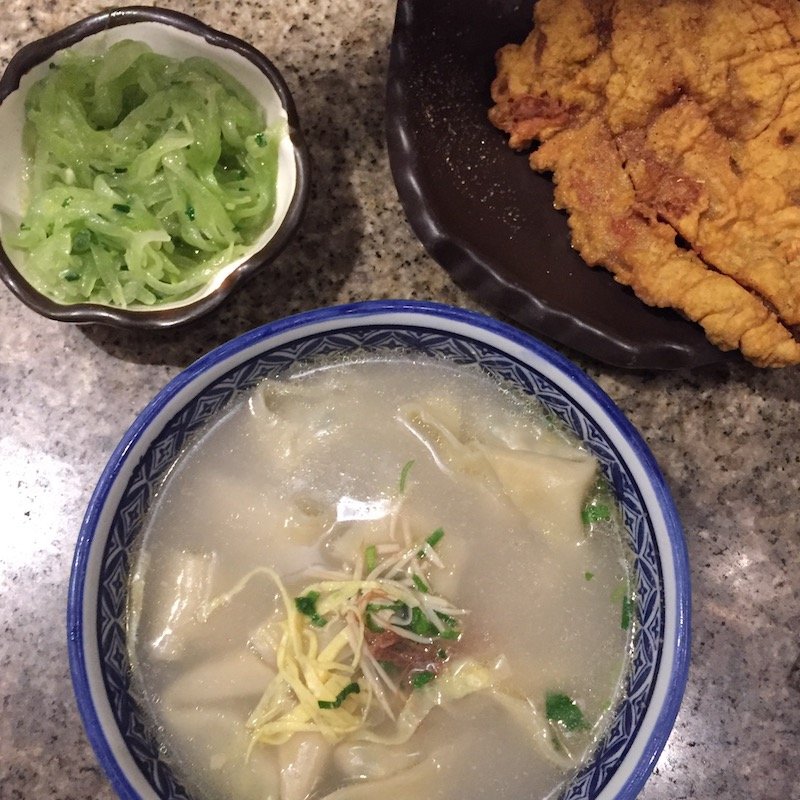
The rest of the city, particularly the area around pedestrianized Guanqian Jie, is dotted with restaurants and snack stalls serving cheap noodles and dumplings. The whimsically named Dream of Taoyuan (which has branches near Guanqian Jie and Pingjiang Lu) serves a concise menu of local snacks and dishes, including braised pig's trotter, sweet rice dumplings with red bean paste, and excellent pork and shepherd's purse wontons in chicken soup. A filling meal here won't set you back much more than RMB 30 per person.
More stories by this author here.
Instagram: @gongbaobeijing
Twitter: @gongbaobeijing
Weibo: @宫保北京
Photos: Wikimedia, Robynne Tindall

